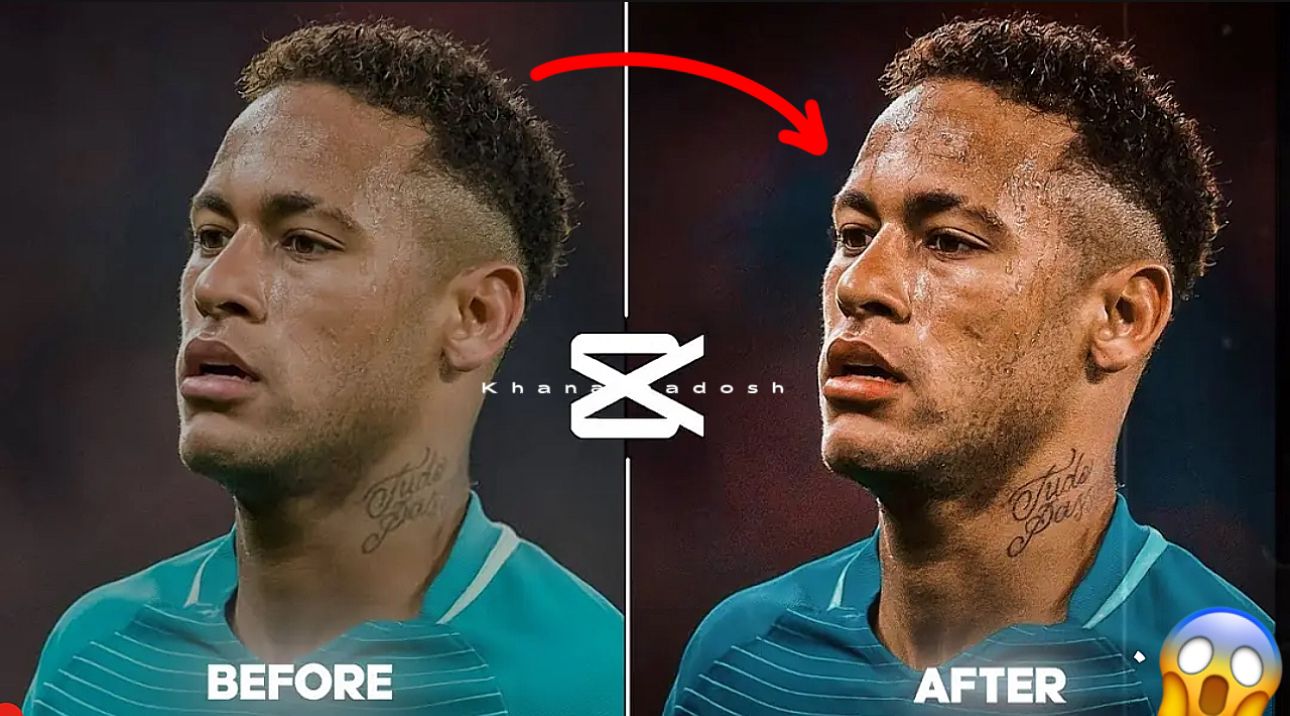The demand for high-quality video content has skyrocketed with the proliferation of advanced display technologies. From streaming platforms to personal media collections, the push towards higher resolution has become a standard in delivering an immersive visual experience. One of the most significant advancements in this arena is the enhancement of video quality to 8K resolution. This leap in video clarity not only promises to transform viewing experiences but also poses new challenges and opportunities in the realm of video production and consumption.
What is Enhance Video Quality to 8K?
Enhancing video quality to 8K involves upgrading the resolution of video content to a level that boasts approximately 8000 pixels width-wise, resulting in a total resolution of 7680 x 4320 pixels. This is four times the resolution of 4K (3840 x 2160 pixels) and sixteen times that of Full HD (1920 x 1080 pixels). The primary goal of this enhancement is to deliver an incredibly sharp and detailed visual experience, making the video appear more lifelike and immersive.

8K resolution is particularly beneficial for large screens and projection systems where the increased pixel density can be fully appreciated. It allows viewers to see more detail, depth, and texture, making it ideal for applications in home theaters, virtual reality, gaming, and professional environments such as medical imaging and scientific visualization.
How Enhance Video Quality to 8K Works
Enhancing video quality to 8K involves several sophisticated techniques and technologies. The process typically includes:
- Upscaling Algorithms: Advanced algorithms are employed to upscale lower-resolution videos to 8K. These algorithms analyze the original content and intelligently fill in the additional pixels required for 8K, enhancing the video’s sharpness and detail.
- Artificial Intelligence and Machine Learning: AI and ML play a crucial role in enhancing video quality. Neural networks trained on vast datasets of high-resolution images can predict and generate the missing details in lower-resolution content, significantly improving the quality of the upscaled video.
- Image Processing Techniques: Various image processing techniques, such as noise reduction, edge enhancement, and detail enhancement, are applied to improve the visual quality of the video. These techniques help to remove artifacts and enhance the clarity and sharpness of the upscaled content.
- Hardware Acceleration: Modern GPUs and specialized hardware accelerators are used to perform the computationally intensive tasks required for 8K video enhancement. These hardware solutions enable real-time processing, making it possible to enhance video quality on-the-fly during playback or streaming.
Features of Enhance Video Quality to 8K
Enhancing video quality to 8K comes with a range of features that contribute to the overall improvement of the viewing experience. Here are some of the key features:
Upscaling Capabilities
- Resolution Enhancement: The core feature is the ability to upscale lower-resolution videos (1080p, 2K, 4K) to 8K, significantly improving the pixel count and resulting in a sharper image.
- AI-Driven Upscaling: Utilizing artificial intelligence and deep learning algorithms to predict and enhance details that are not present in the original content.
Detail Enhancement
- Texture and Detail Reconstruction: Algorithms that enhance textures and fine details to make the video appear more realistic and immersive.
- Edge Enhancement: Improving the sharpness of edges and lines in the video to create a crisper image.
Color and Contrast Enhancement
- High Dynamic Range (HDR): Support for HDR10, Dolby Vision, and other HDR formats to enhance color accuracy, contrast, and overall visual richness.
- Color Correction and Calibration: Advanced color grading tools to ensure that the upscaled video maintains accurate and vibrant colors.
Noise Reduction
- Artifact Removal: Techniques to remove noise, grain, and compression artifacts that are often present in lower-resolution videos.
- Smooth Gradation: Ensuring smooth transitions between colors and shades, reducing banding and other visual imperfections.
Real-Time Processing
- Hardware Acceleration: Utilizing powerful GPUs and dedicated hardware accelerators to enable real-time 8K upscaling and enhancement.
- Streaming Optimization: Ensuring that the enhanced video can be streamed efficiently without excessive buffering or latency.
Compatibility and Integration
- Cross-Platform Support: Compatible with various devices, including TVs, monitors, projectors, and VR headsets.
- Software Integration: Integration with popular video editing software and streaming platforms for seamless workflows.
Pros of Enhance Video Quality to 8K
| Pros | Details |
|---|---|
| Superior Image Quality | 8K resolution provides unmatched clarity, detail, and sharpness, making videos look incredibly lifelike. |
| Immersive Viewing Experience | The high pixel density of 8K allows for larger screen sizes without loss of quality, enhancing immersion. |
| Future-Proofing | As display technology continues to advance, 8K content ensures compatibility with future 8K displays. |
| Enhanced Professional Applications | Useful in fields like medical imaging, scientific research, and digital art where high resolution is critical. |
| AI and ML Enhancements | Artificial intelligence and machine learning significantly improve the quality of upscaled content. |
Cons of Enhance Video Quality to 8K
| Cons | Details |
|---|---|
| High Processing Power Requirement | Requires powerful hardware for real-time processing and upscaling. |
| Large File Sizes | 8K videos take up significant storage space and bandwidth, impacting download and streaming times. |
| Limited Content Availability | There is currently a limited amount of native 8K content available. |
| Compatibility Issues | Not all devices and displays support 8K resolution, limiting accessibility. |
| Cost | Higher costs associated with 8K-capable hardware and storage solutions. |
Enhance Video Quality to 8K Alternatives
| Alternative | Description | Pros | Cons |
|---|---|---|---|
| 4K Upscaling | Enhancing video quality to 4K resolution. | Improved image quality, widely supported. | Not as sharp as 8K, less future-proof. |
| Native 4K Content | Using original 4K resolution content. | Excellent quality, no upscaling artifacts. | Limited to 4K resolution, large file sizes. |
| AI-Based Enhancement | Using AI to improve video quality without specific resolution targets. | Significant quality improvement, adaptable. | May not reach 8K clarity, variable results. |
| Professional Video Editing | Manual enhancement using professional software. | High-quality results, customizable. | Requires expertise, time-consuming. |
| Streaming Services | Services like Netflix or YouTube offering enhanced video quality. | Convenient, no need for hardware. | Dependent on internet speed, limited control over quality. |
Conclusion and Verdict on Enhance Video Quality to 8K
Enhancing video quality to 8K represents a significant step forward in visual technology, promising an unparalleled viewing experience with remarkable clarity and detail. While the technology is still in its early stages and comes with certain limitations, such as high processing power requirements and limited content availability, its benefits for both consumers and professionals are substantial.
The use of advanced AI and machine learning algorithms ensures that upscaled content is of high quality, and the continued development of compatible hardware will likely address current challenges. As the industry moves towards wider adoption of 8K, this technology will play a crucial role in setting new standards for video quality and immersive experiences.
FAQs Enhance Video Quality to 8K
What is 8K resolution?
8K resolution refers to a display resolution of 7680 x 4320 pixels, offering four times the pixel count of 4K and sixteen times that of Full HD.
How does 8K upscaling work?
8K upscaling uses advanced algorithms and AI to enhance lower-resolution videos by adding additional pixels and improving details, resulting in a sharper and more detailed image.
Do I need special hardware for 8K video enhancement?
Yes, 8K video enhancement requires powerful GPUs or specialized hardware accelerators to handle the intensive processing required for real-time upscaling and enhancement.
Is there a lot of 8K content available?
Currently, there is limited native 8K content available, but this is expected to increase as more production and streaming platforms adopt 8K technology.
Can I see a difference between 4K and 8K on a regular TV?
The difference between 4K and 8K is most noticeable on larger screens where the higher pixel density of 8K can be fully appreciated. On smaller screens, the difference may be less perceptible.
What are the benefits of 8K video for professional applications?
8K video provides exceptional detail and clarity, making it valuable for applications such as medical imaging, scientific visualization, and digital art, where high resolution is critical.
How does 8K upscaling affect video streaming?
8K upscaling can improve the quality of streamed videos, but it also requires significant bandwidth. Streaming services are optimizing their platforms to support efficient 8K streaming.
Is 8K video enhancement worth the cost?
For those seeking the highest possible video quality and future-proofing their media, 8K video enhancement can be a worthwhile investment. However, the cost and hardware requirements should be considered.
